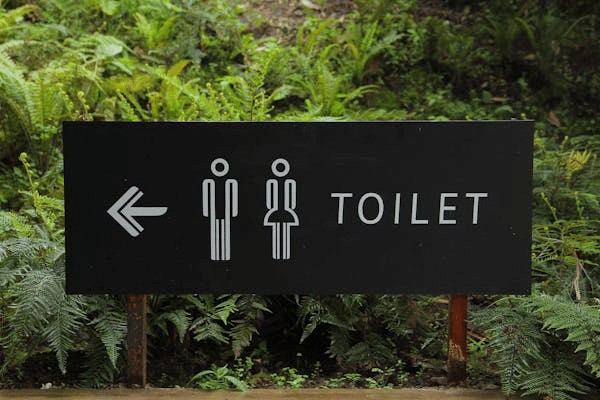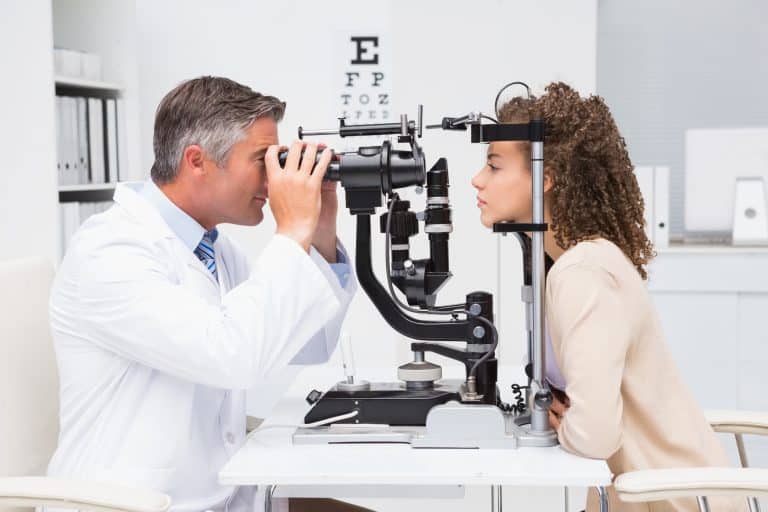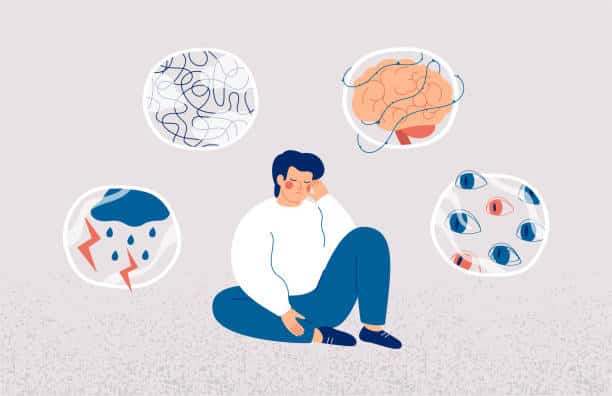Top 5 Incontinence Solutions For Comfort And Confidence
The correct items might help you recover your self-esteem and resume living life to the fullest despite living with incontinence.
The incontinence products you choose greatly affect your comfort and general health.
Problems abound, such as scrambling to locate a restroom in time or realizing you left your incontinence goods at home.
However, if you want to feel more confident in your everyday life and better able to handle your illness, adopting a few changes to your lifestyle can help.
Some people may feel isolated if bladder leakage negatively impacts their daily lives. However, you might be surprised by how frequent it is.
Understanding Incontinence
Depending on the kind of incontinence, a variety of issues can arise.
These are the categories of incontinence:
- Incontinence due to stress occurs when the bladder experiences pressure, such as when you cough or laugh, and urine seeps out.
- If you experience urgency incontinence, it means that you may have to pee quickly and may not be able to reach the restroom in time.
- Overflow incontinence occurs when the bladder is unable to drain completely, resulting in recurrent leakage.
- The inability to reach the restroom promptly is known as functional incontinence.
- If you experience symptoms of both urgency and stress incontinence, it is known as mixed urine incontinence.
- Neurogenic bladder dysfunction refers to bladder issues that arise due to conditions affecting the central nervous system or peripheral nerves, which are responsible for controlling urine.
If you suffer from incontinence, it is crucial to consult a medical professional.
Before developing an individualized treatment plan, your doctor must rule out any potential underlying causes.
About one-third of the population in the United States deals with incontinence. Plus, if you’re going through this, you should know that choices are available.
1. Underwear for incontinence
After trying various methods without success or waiting for other methods to “kick in,” incontinence underwear could be the step.
You can get leak-absorbing underwear that you can wear once and throw away, or you can find pads and shields that you can insert into your existing underwear.
Some of the most typical choices are as follows:
- The tabbed briefs allow you to put them on and remove them without removing your pants. Those who have trouble getting in and out of other garments to change underwear in case of a leak or who have mobility concerns may benefit from these.
- Just slide into a pair of adult pullups and pull them up around your waist, just like you would with cotton underwear.
- Liners or incontinence pads look like period pads but have a sticky back that sticks to your underwear and soaks up any light leakage.
- Incontinence shields are protective garments that encircle the penis in a cupped shape. They are frequently suggested following prostate surgery.
It’s reasonable to feel some anxiety or embarrassment when shopping for incontinence underpants; nevertheless, the days of cumbersome and insultingly called “adult diapers” are over.
Nowadays, disposable underwear is subtle and unobtrusive, fitting snugly under clothes.
2. Work the muscles in your pelvis
A network of muscles that runs the length of your pelvis supports your reproductive organs.
If it becomes weak, you might notice that you urinate more often than usual, feel the need to go potty more quickly, or leak while you’re on your way to the restroom.

Strengthening the muscles that support your organs, improving bladder control, and preventing urine leaks are the goals of pelvic floor exercises, also called Kegel exercises.
Researchers from New Zealand’s University of Otago conducted a meta-analysis comparing the workouts to a control group.
Researchers discovered that regular Kegel exercises increased the likelihood of a full recovery from urine incontinence by 2.5-17 times.
3. Cut back on coffee and booze
You pee more when you drink alcohol or have coffee. So, if you’re dealing with urine incontinence, it’s best to cut back on these.
A study that was published in The Journal of Urology found that males who drink coffee are more likely to experience urine incontinence.
Male urine incontinence was shown to be substantially more common in those whose daily coffee consumption was at least two cups.
More specifically, compared to men who did not consume any caffeine at all, those who took more than 234 mg of caffeine daily had a 72% increased risk of moderate to severe urine incontinence.
Women were more likely to experience urine incontinence if they consumed 204 mg of caffeine daily, according to another study.
4. Drugs that treat incontinence
It is common practice to utilize medication in conjunction with other methods or exercises.
Treatments for urine incontinence often include the following medications:
- Patients experiencing urge incontinence may find relief with anticholinergics, which calm an overactive bladder.
- Applying estrogen topically may help alleviate discomfort by strengthening tissue around the urethra and vagina.
- As a tricyclic antidepressant, imipramine (Tofranil) is of the triad.
5. Devices used in health
Women are the intended users of the following medical tools.
Urethral inserts:
Before exercising, a lady inserts the gadget, and when she needs to urinate, she removes it.
Wearing a hard ring all day long after inserting it into the vagina. The bladder is held up, and leakage is prevented by its use.
Radiofrequency Therapy:
There is heat in the lower urinary tract tissue. Upon healing, it typically becomes stiffer, which frequently leads to improved control over urine.
Botox (botulinum toxin type A):
This, when injected into the muscle lining the bladder, can assist those whose bladders are hyperactive.
Agents for Bulking:
These aid in maintaining a closed urethra when injected into the surrounding tissue.
The Sacral Nerve Stimulator:
This is placed beneath the buttocks’ skin. A nerve that originates in the spinal cord and travels to the bladder is linked to it via a wire.
A nerve is stimulated by an electrical pulse sent by the wire, which aids with bladder control.
In the end!

Natural and at-home treatments for urine incontinence, such as pull-ups, pelvic floor exercises, medicine, and nutritional supplements, may be an option, depending on the kind.
However, there are cases where these approaches fail to deliver the desired results.
Ultimately, it’s best to see a reliable doctor for the greatest treatment options if you’re dealing with incontinence symptoms.








